Are you a dedicated vegan but still worried you might miss some hidden animal ingredients? You’re not alone!
Many seasoned vegans are surprised by how many animal products can sneak into everyday foods. While some animal ingredients are highlighted as allergens on labels, not all are.
Here are 14 sneaky ingredients that could be hiding in your shopping basket. You’ll be amazed at what’s on this list!
1. Fancy Words for Milk

First up, we have casein, whey and lactose. These milk-derived ingredients often sneak into snacks, bread and even “non-dairy” products.
Casein and whey are milk proteins found in various foods, while lactose is a milk sugar found in unexpected places like crisps, processed bread and medications.
Don’t be fooled by labels; always double-check!
Products labelled “lactose-free” can still contain these culprits, making it extra tricky for vegans. Always check the label, even on savoury snacks, as lactose can be a hidden ingredient in flavourings and seasonings. Be extra cautious to avoid these hidden milk products.
2. Gelatine
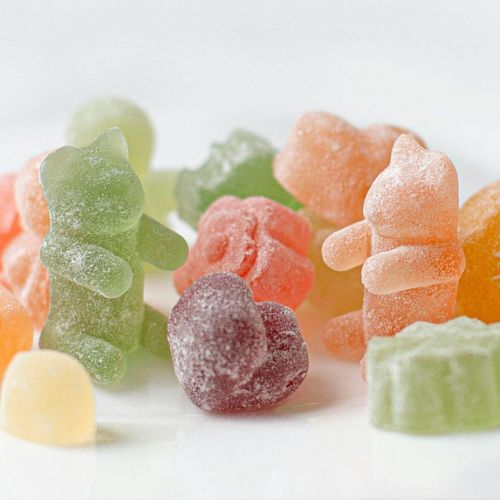
You’re never safe with a pack of sweets. Gelatine, made from animal bones and skin, lurks in marshmallows, gummy bears and even some yoghurts.
Many popular brands now offer gelatine-free options, so your sweet tooth won’t miss out.
3. Shellac
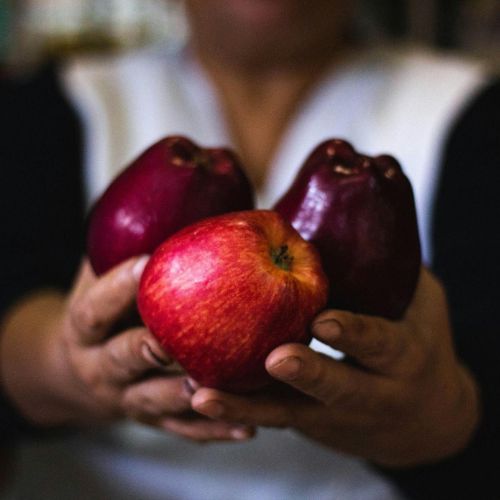
Shiny sweets and fruits look tempting, right? That shine often comes from shellac, a resin secreted by the female lac bug. Keep an eye out for this one on your sweet treats. It’s commonly found on jelly beans and shiny apples. Look for vegan-certified sweets and thoroughly wash your fruits.
4. Isinglass

Ever heard of Isinglass? This fish bladder-derived substance is used to clarify some beers and wines. Opt for vegan-certified drinks to avoid this sneaky ingredient. Websites like Barnivore can help you find vegan-friendly alcoholic beverages easily.
5. L-Cysteine

This one might gross you out. L-Cysteine, used as a dough conditioner in bread, is often derived from animal hair or feathers. Check your bread labels carefully! Fortunately, many bakeries and brands are moving towards synthetic versions, but it’s always good to be vigilant.
6. Carmine

That lovely red hue in your favourite sweets? It might come from carmine, a dye made from crushed cochineal insects. Look for plant-based colourings instead. Beetroot powder and synthetic dyes are great alternatives that many companies use nowadays.
7. Tallow

Tallow is a sneaky ingredient derived from animal fat — you can find it in processed foods, soaps and cosmetics. Despite its widespread use, it can be easy to overlook on nutrition labels, as it may be listed under names like “animal fat” or “rendered fat.”
It’s important to check for these terms and opt for plant-based alternatives to ensure their products align with their dietary and ethical choices.
8. Mono and Diglycerides
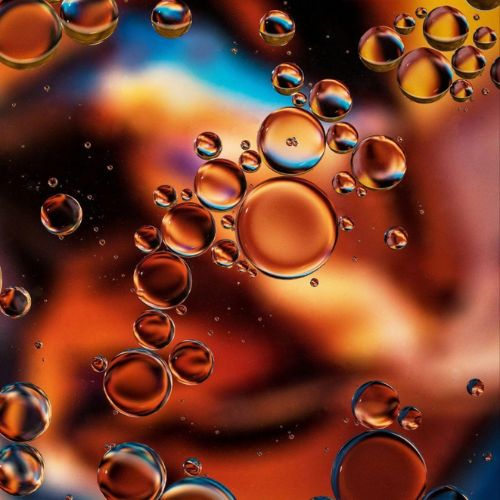
Mono and diglycerides are emulsifiers often used in processed foods to blend ingredients like oil and water. They can be derived from either plant or animal sources, making them tricky for vegans to identify.
On labels, they might be listed simply as “mono — and diglycerides” without specifying the source. To avoid animal-derived emulsifiers, look for products labelled as vegan or those that specify plant-based sources.
9. Vitamin D3
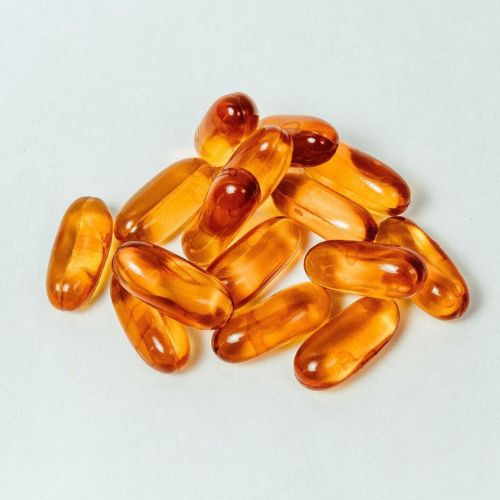
Vitamin D3, found in fortified foods and supplements, often comes from lanolin, a substance derived from sheep’s wool. Look for vegan D3 made from lichen instead. Brands like Vitashine offer vegan-friendly D3 supplements to keep your bones healthy.
10. Natural Flavours
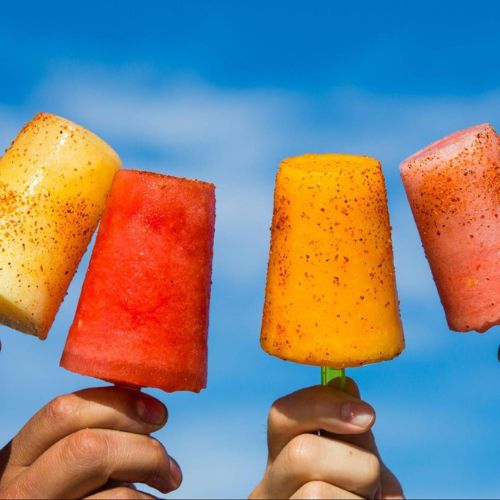
“Natural flavours” sounds harmless, but they can include animal products. When in doubt, contact the manufacturer for clarity. This vague term is often a catch-all for various ingredients, so don’t hesitate to ask for specifics.
11. Beeswax
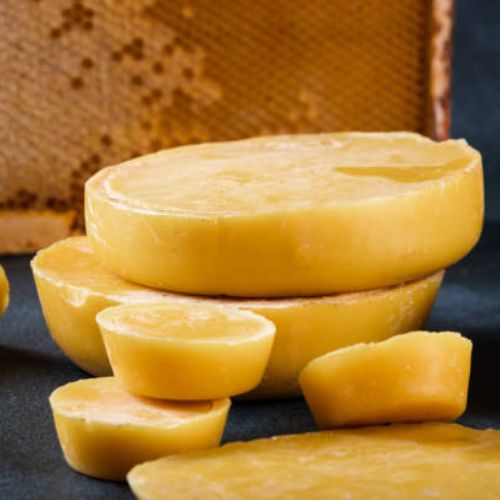
Beeswax is common in lip balms, chewing gum and even some fruit coatings. Look for vegan wax alternatives like candelilla wax. Brands like Hurraw and Crazy Rumors offer beeswax-free lip balms in a variety of flavours.
12. Oleic Acid
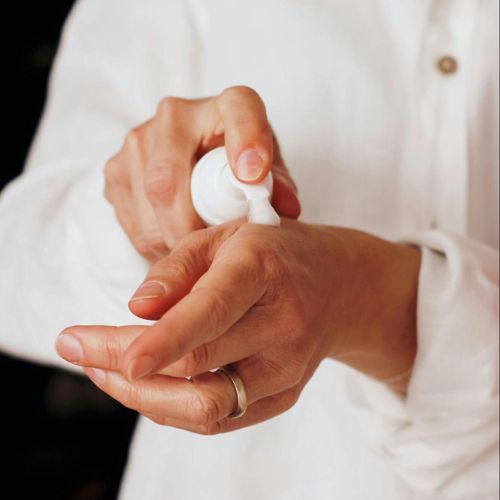
Oleic acid can be sourced from animal fats or plants. It’s found in soaps, detergents and skin care products. For peace of mind, stick to vegan-certified products. Oleic acid derived from olives is a safe bet and many companies have specified its source.
13. Albumen

Albumen, or egg white, is used in baked goods, confections and some beauty products. Vegan-friendly options are widely available, so swap them out. Aquafaba, the liquid from canned chickpeas, is a popular vegan alternative for baking.
14. Capric Acid

Capric acid, which can be derived from animal fats, is used in flavourings and fragrance production. Again, to avoid it, stick to vegan-certified products. This fatty acid can also be plant-derived, so look for certifications to be sure.
Conclusion
Feeling more confident in your vegan journey? Avoid these sneaky ingredients and you’ll be well on your way to a healthier, cruelty-free lifestyle!
Share this post with friends who are curious about veganism and let’s make label reading fun and easy for everyone!

Really appreciate the breakdown on mono and diglycerides. Trying to make better food choices for the family, and it’s tricky navigating all the hidden ingredients!
Could someone explain how isinglass is used in the brewing process? I’ve read it’s sourced from fish, but struggling to understand its purpose.
Isinglass is basically a form of gelatin from fish bladders, OldSchoolRon. It helps to clear beer by making yeast particles settle more quickly.
Honestly shocked at how many products have hidden animal ingredients. Carmine? Shellac? It’s a minefield for vegans!
Quite intrigued by the chemical composition of Oleic Acid mentioned here. It’s fascinating how it’s used in so many products we encounter daily.
What exactly is L-Cysteine? Saw it on a food label recently and I’ve got no clue.
CuriousCat, L-Cysteine is an amino acid used to prolong the shelf-life of certain foods, like bread. Sometimes sourced from feathers or human hair!
Beeswax isn’t just for candles, loves. It’s used in so many natural cosmetics because of its wonderful properties for the skin.
Is Vitamin D3 the upgrade from Vitamin D2? Like, do I need to download an update to get it or what? 😂
The conversation around carmine is particularly interesting, highlighting the ethical considerations in food colouring. Consumers need transparency.
Fascinated by the use of albumen in cooking. It’s more than just an egg component, it’s a binder, leavening agent, and more.
Can we talk about how shellac is literally secreted from bugs? Yet it’s in loads of stuff we use every day. Definitely adds a new layer to the ‘bug-free’ diet concept!